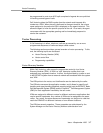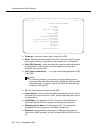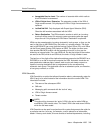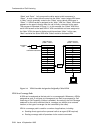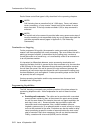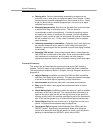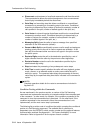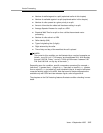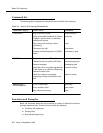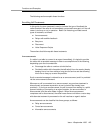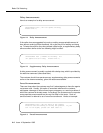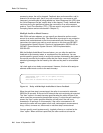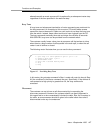
Vector Processing
Issue 4 September 1995
3-15
■ Number of staffed agents in a split (explained earlier in this chapter)
■ Number of available agents in a split (explained earlier in this chapter)
■ Number of calls queued at a given priority to a split
■ Amount of time that the oldest call has been waiting in a split
■ Average Speed of Answer for a split or a VDN
■ Expected Wait Time for a split or for a call that has entered vector
processing
■ Number of calls active in a VDN
■ Caller identity (ANI)
■ Type of originating line (ii-digits)
■ Digits entered by the caller
■ Time-of-day and day of the week that the call is placed
NOTE:
The syntax for this condition can be illustrated by a couple of examples, as
follows:
mon 8:01 to fri 17:00
means ‘‘anytime between 8:01 A.M. Monday
through 5:00 P.M. Friday,’’ and
all 17:00 to all 8:00
means ‘‘between 5:00
P.M. and 8:00 A.M. on any day of the week.’’)
Depending upon the condition, specific comparison operators ([for example, <
(less than), > (greater than), = (equal to), <= (less than or equal to), >= (greater
than or equal to), <> (not equal to)]) and a threshold (that is, a range of accepted
numerical entries) might be in effect. Note that some of these comparators are
available only with G3V4 and later releases. Again, refer to Appendix A.
The chapters on the Call Vectoring features illustrate condition checking in more
detail.



